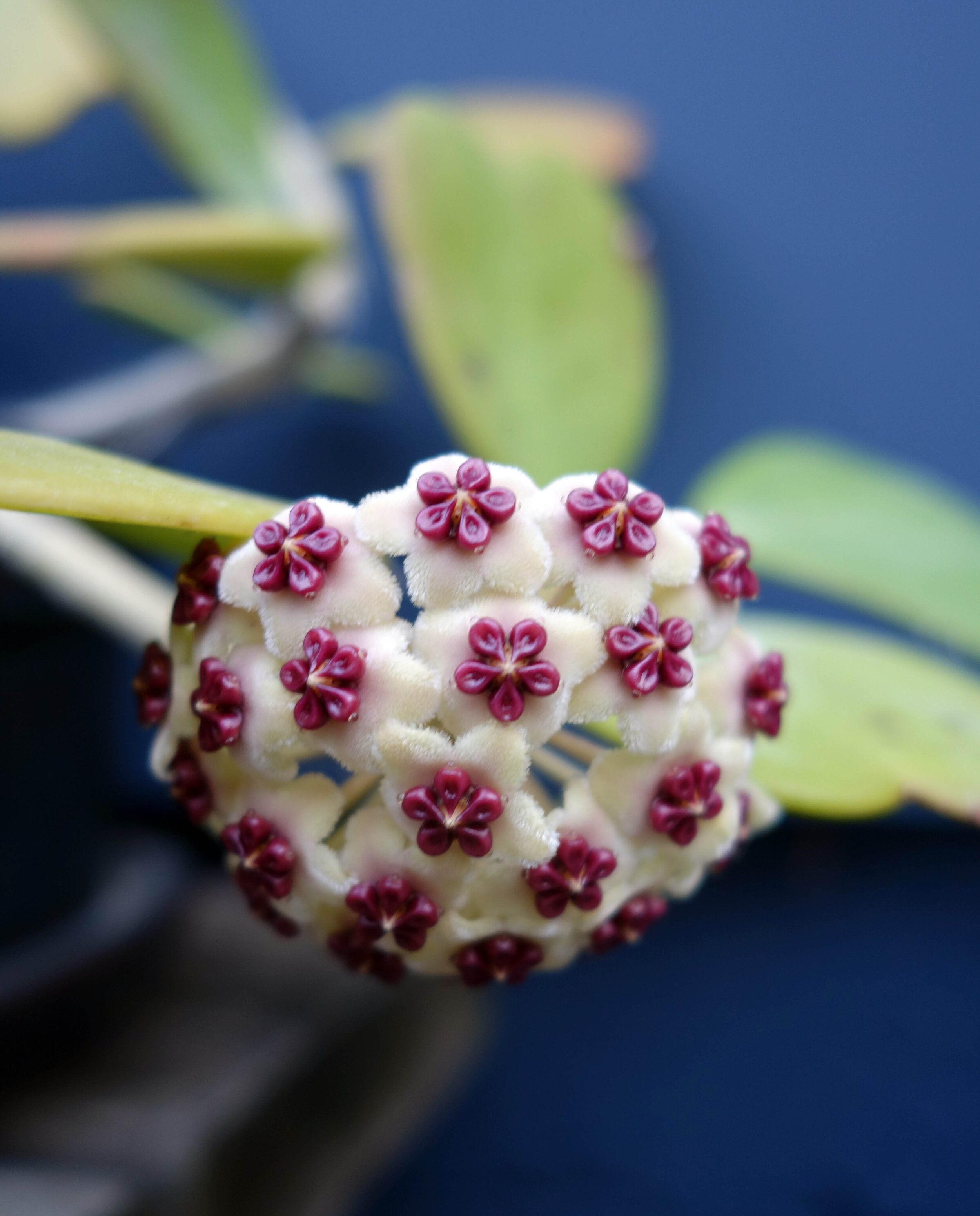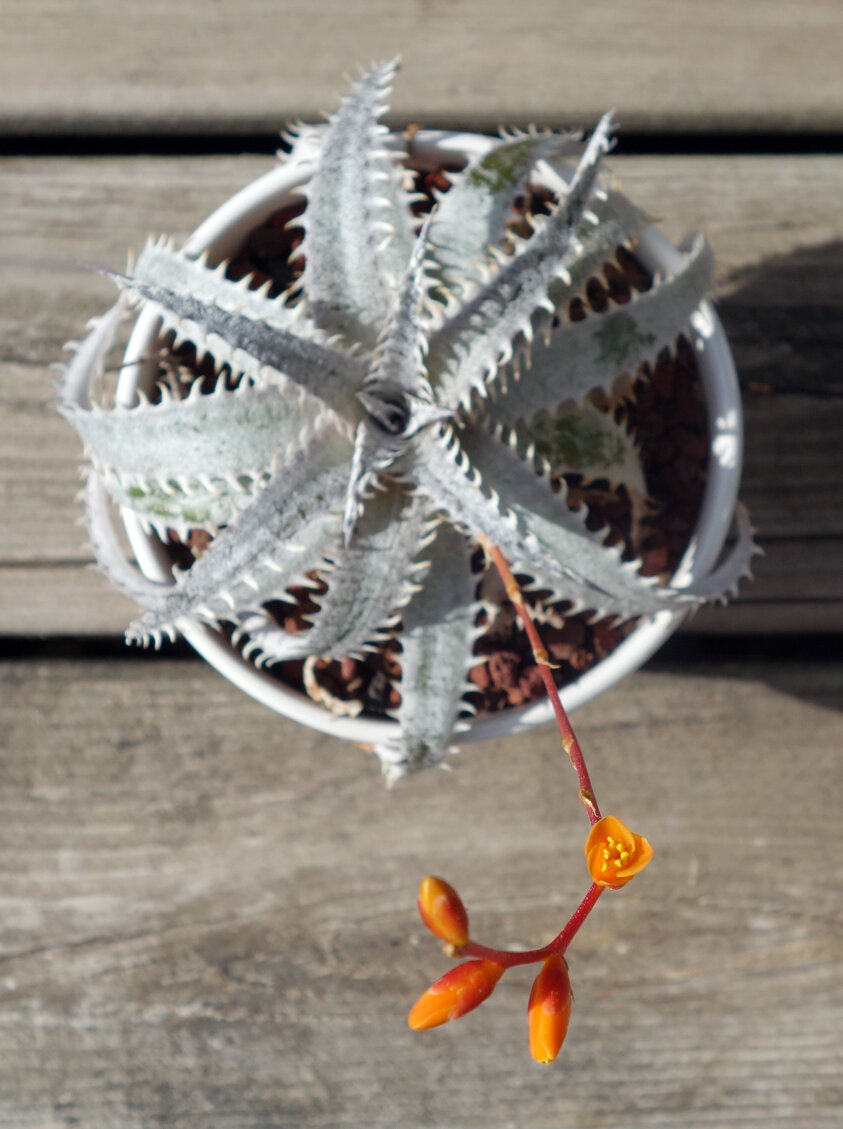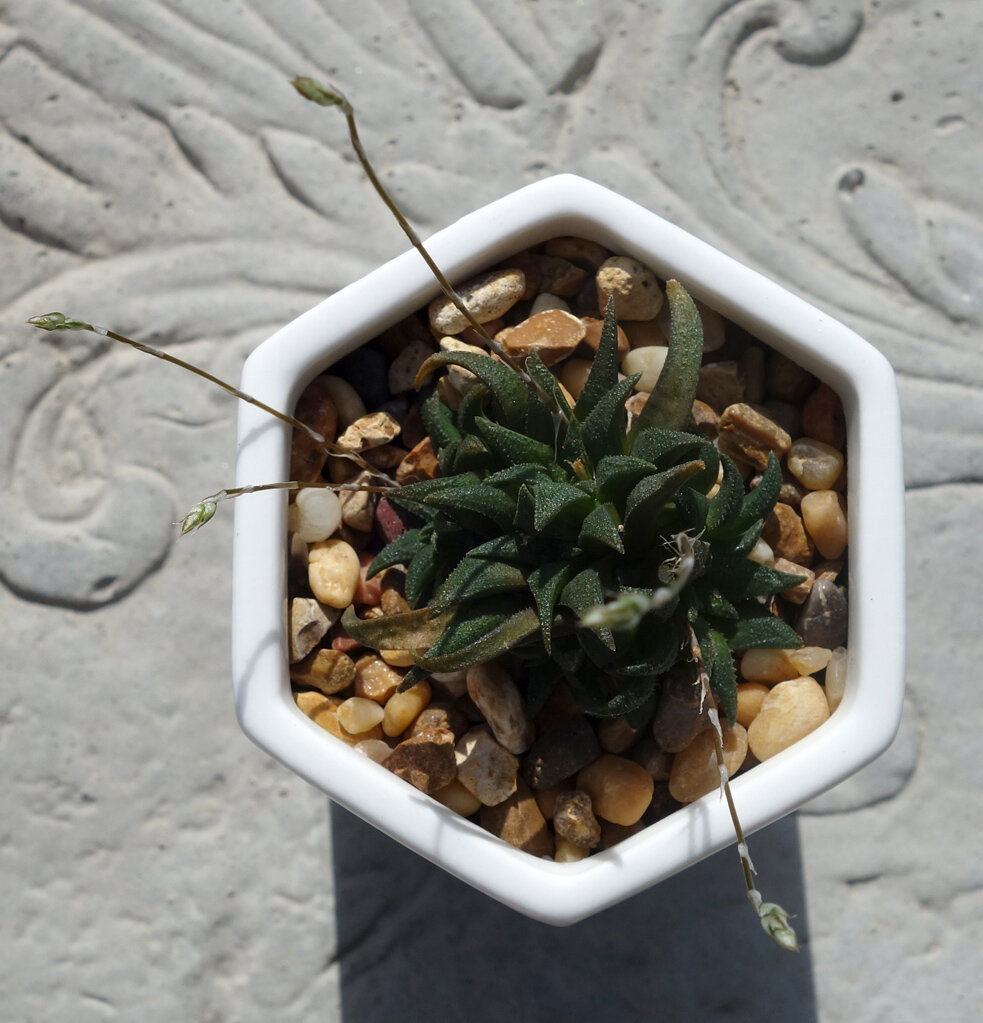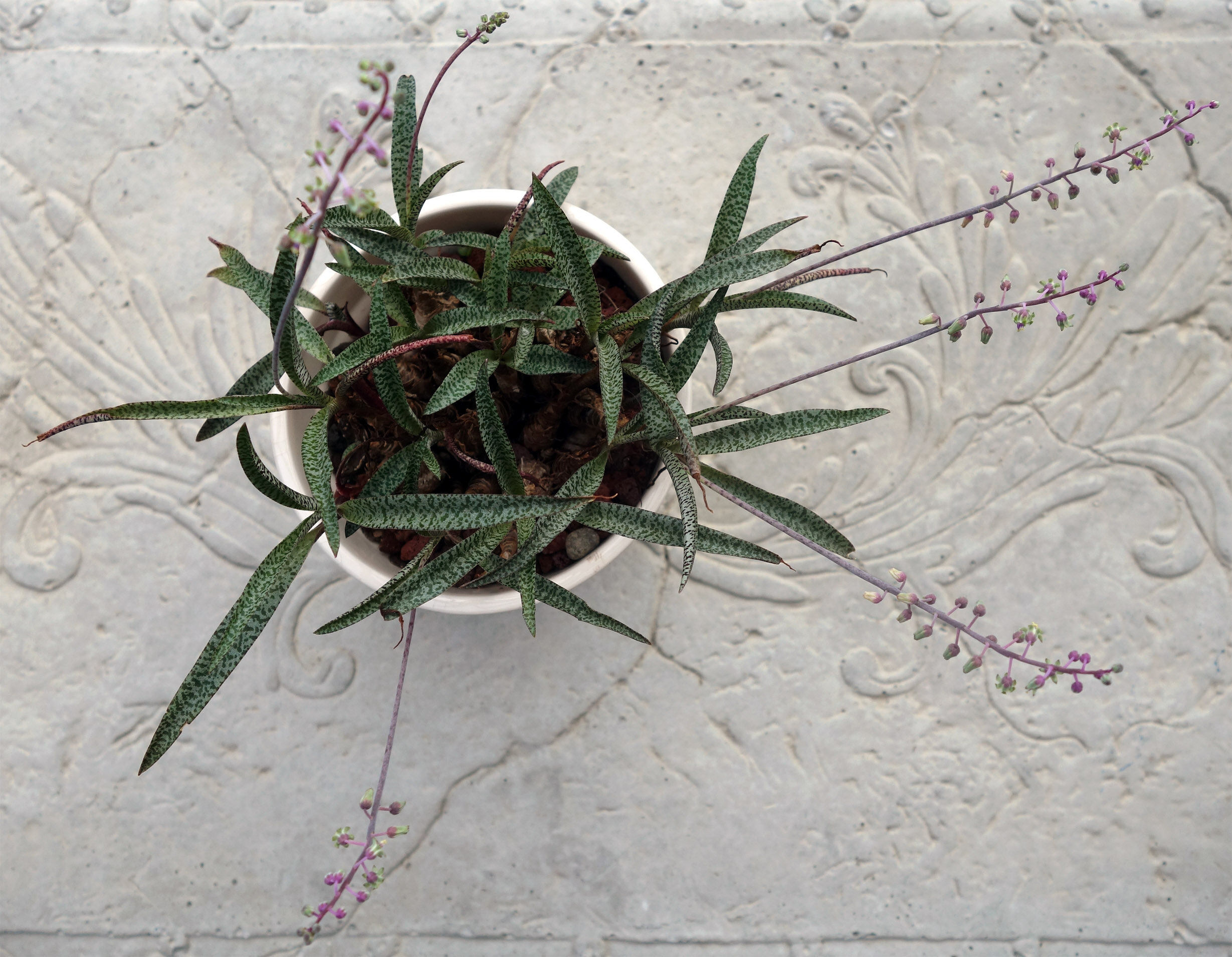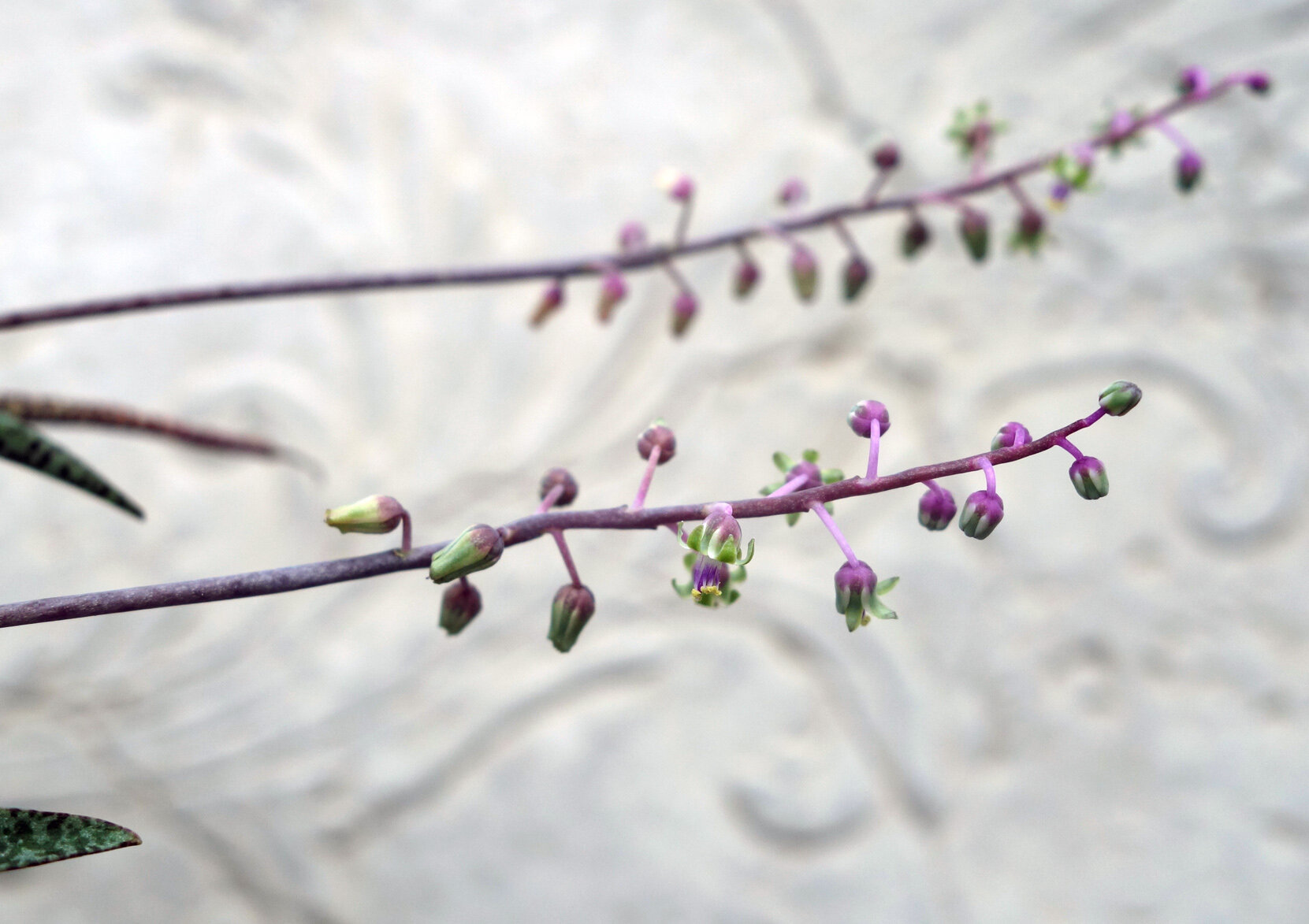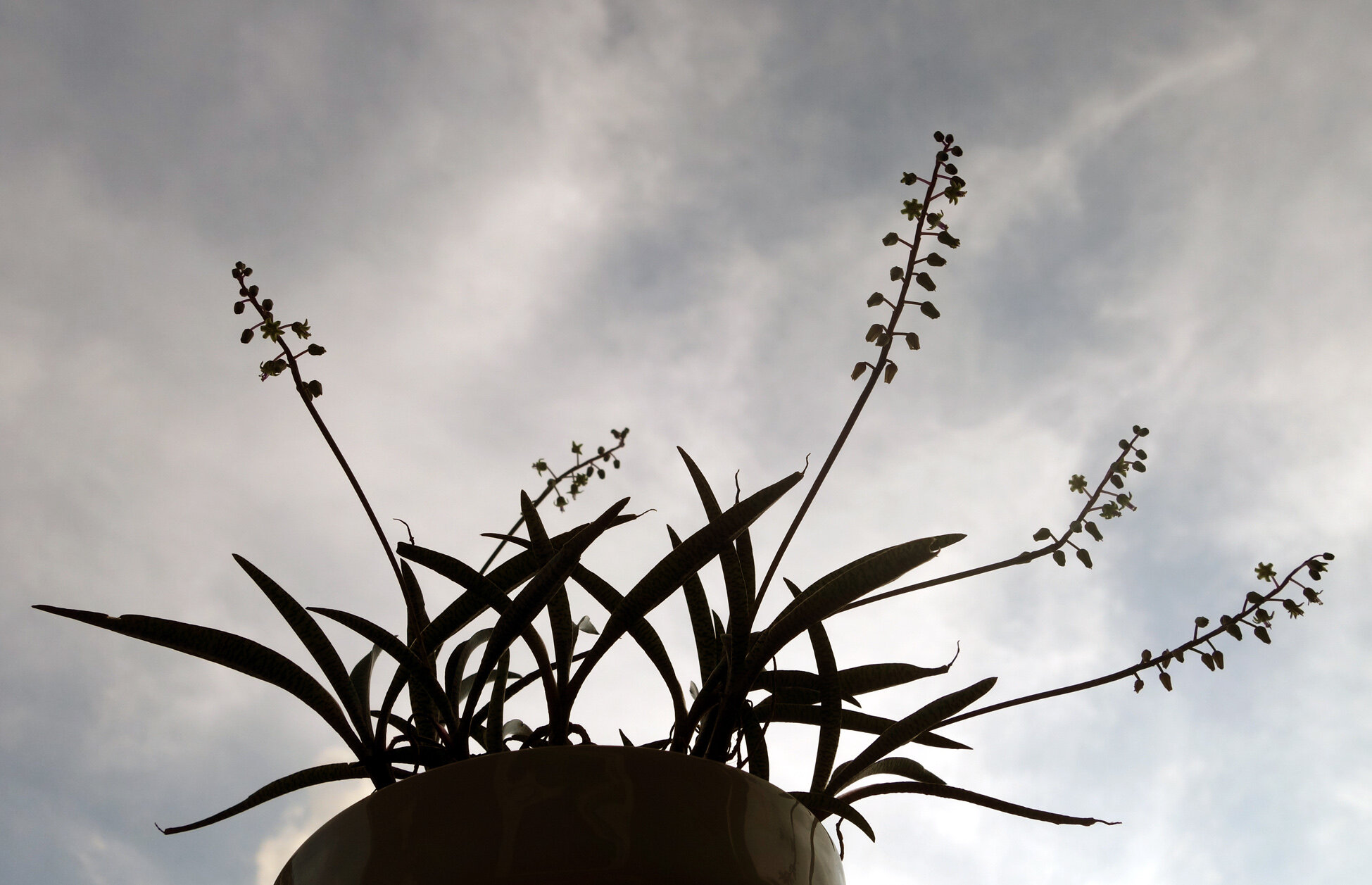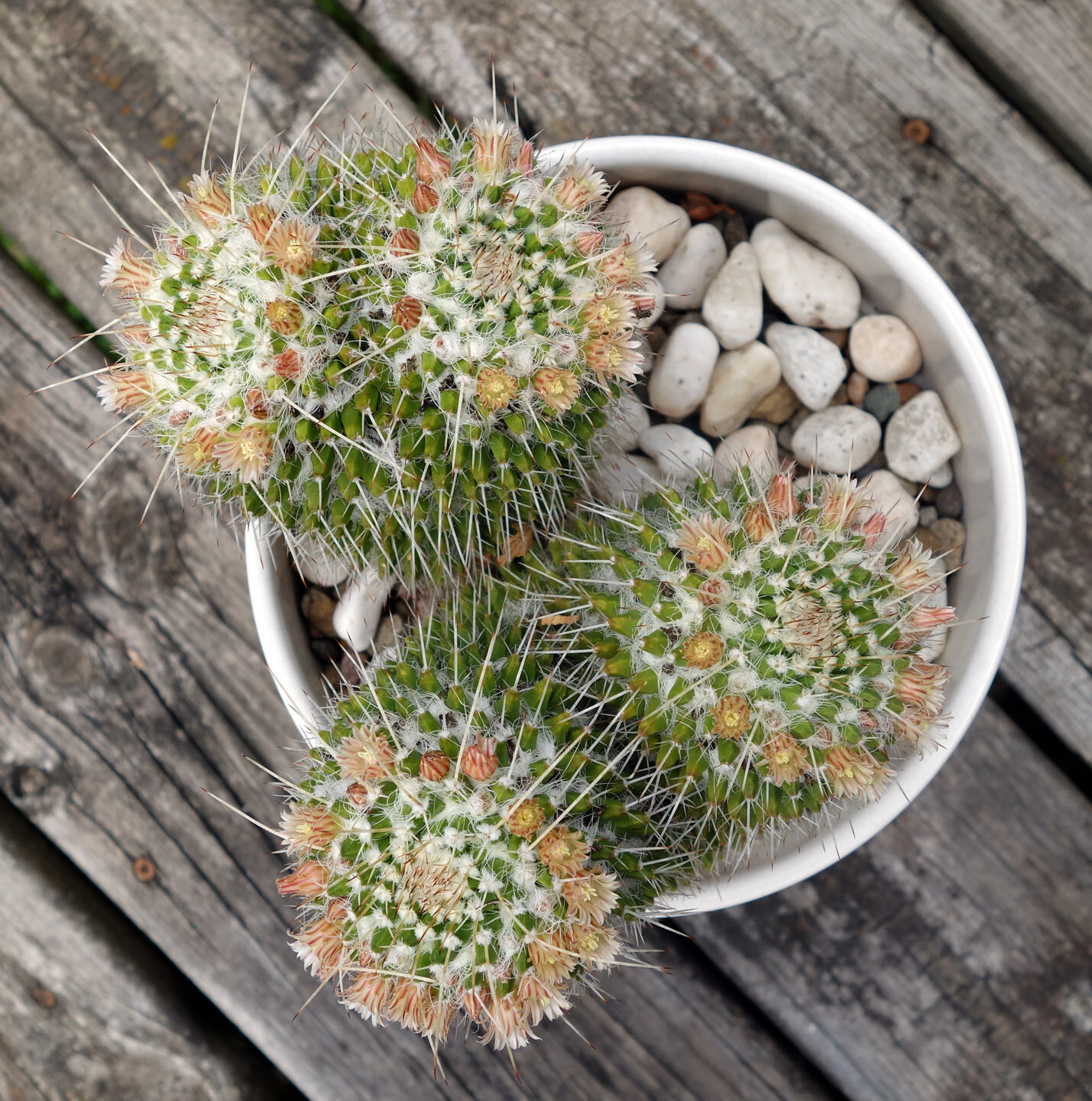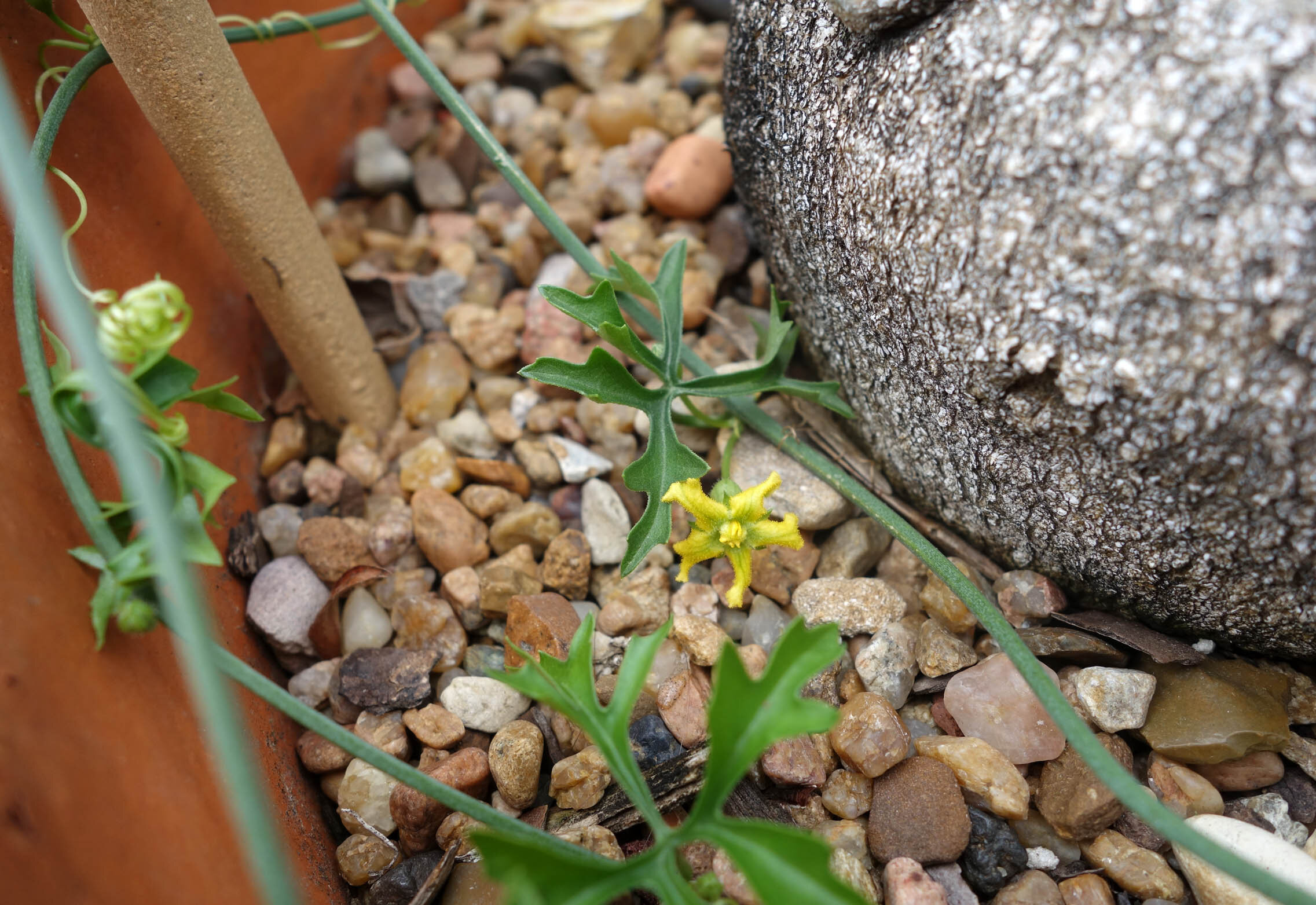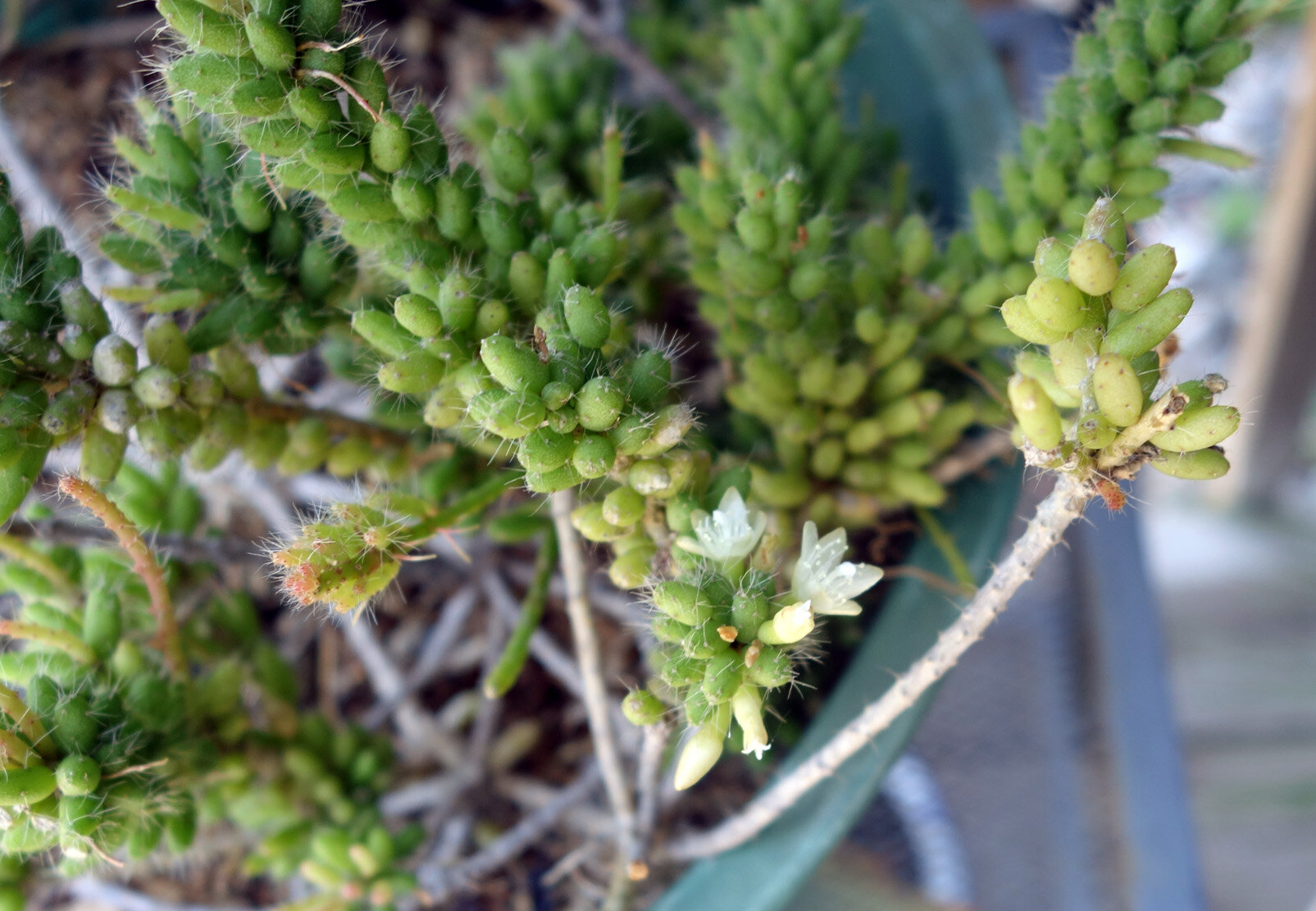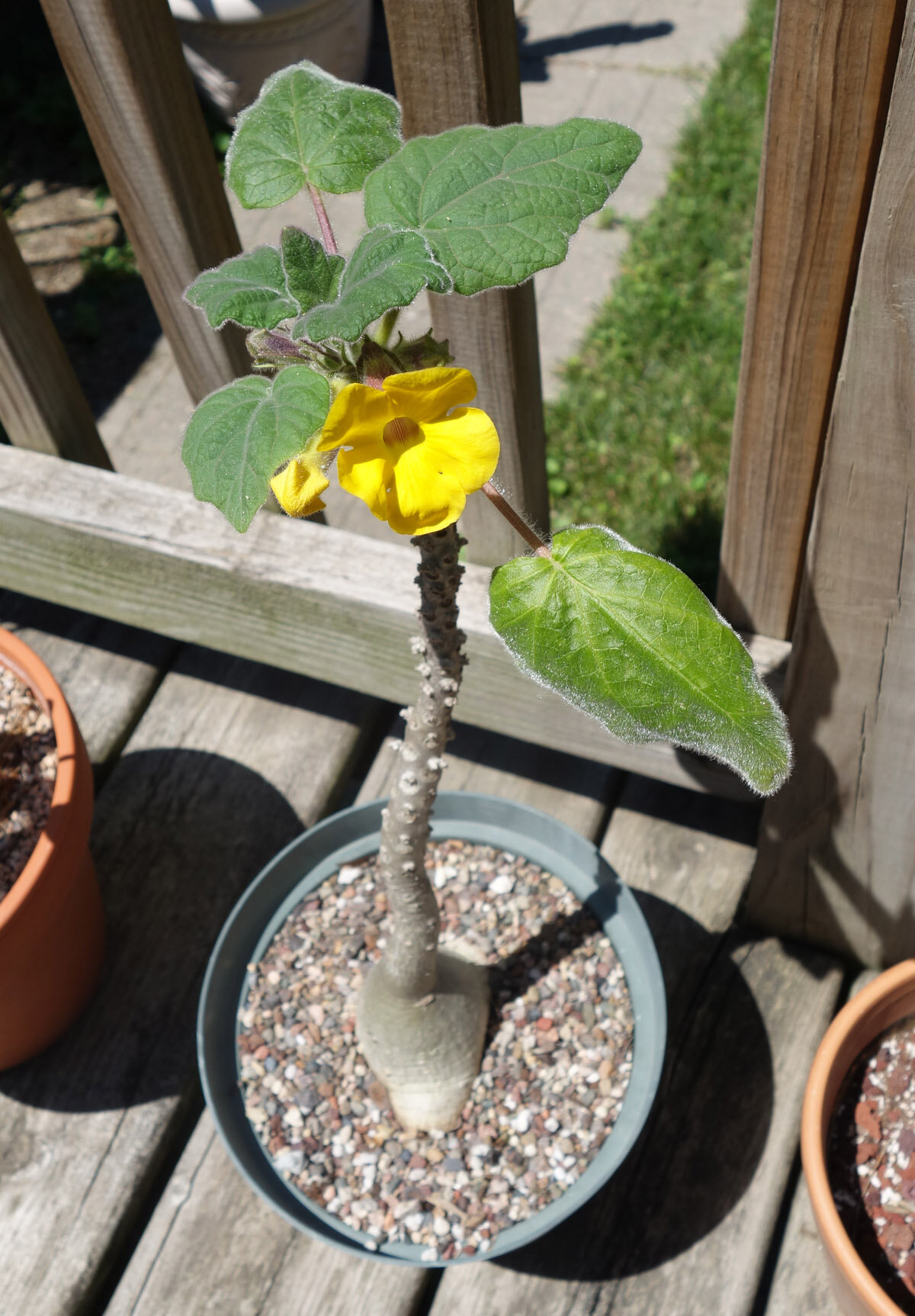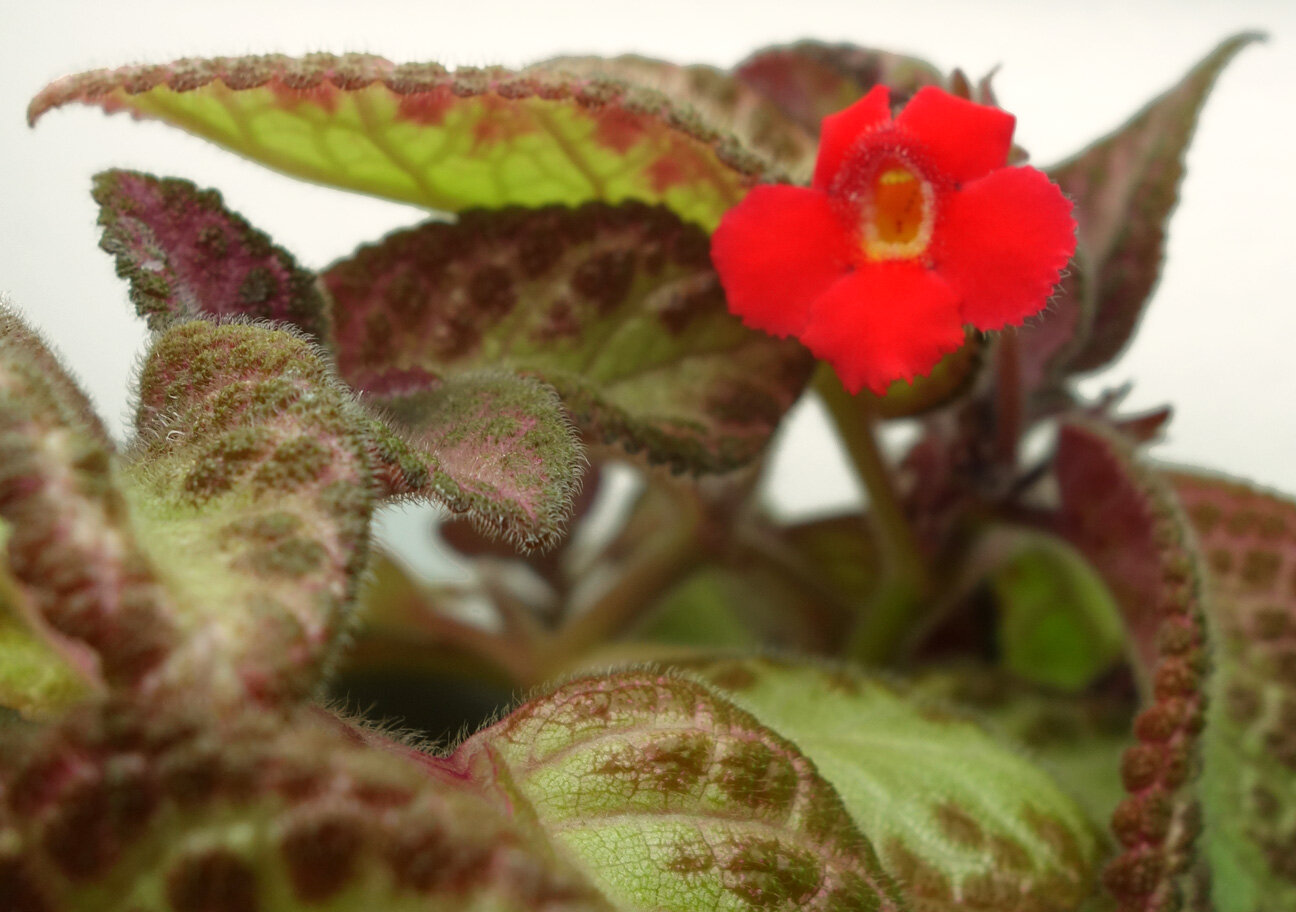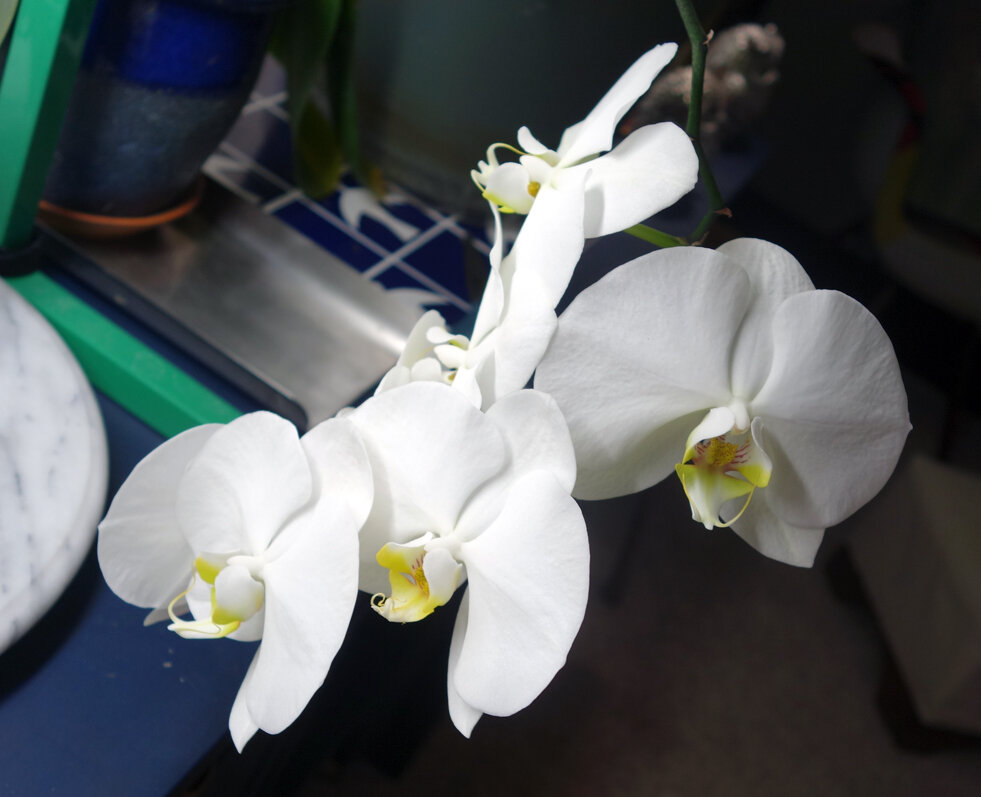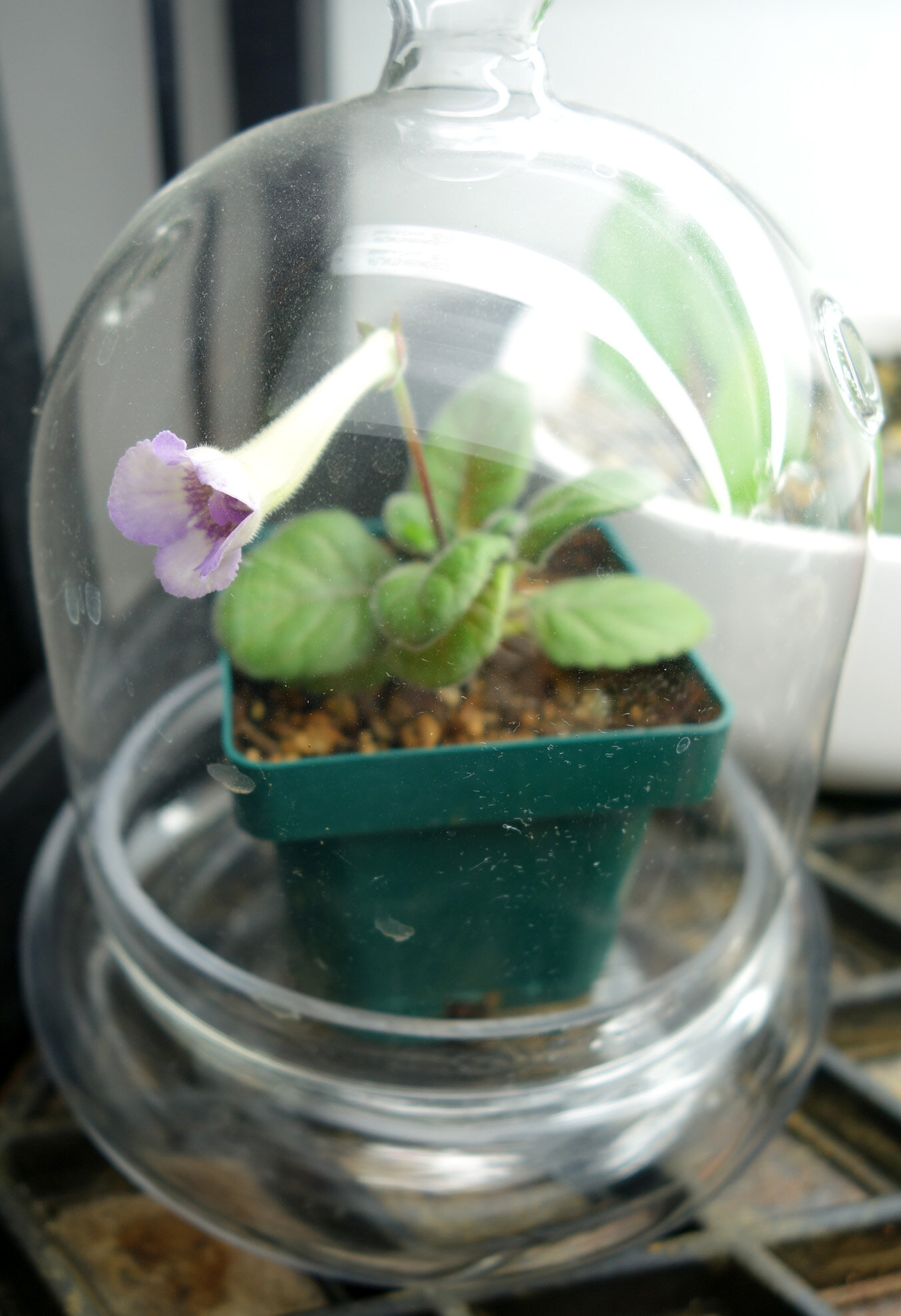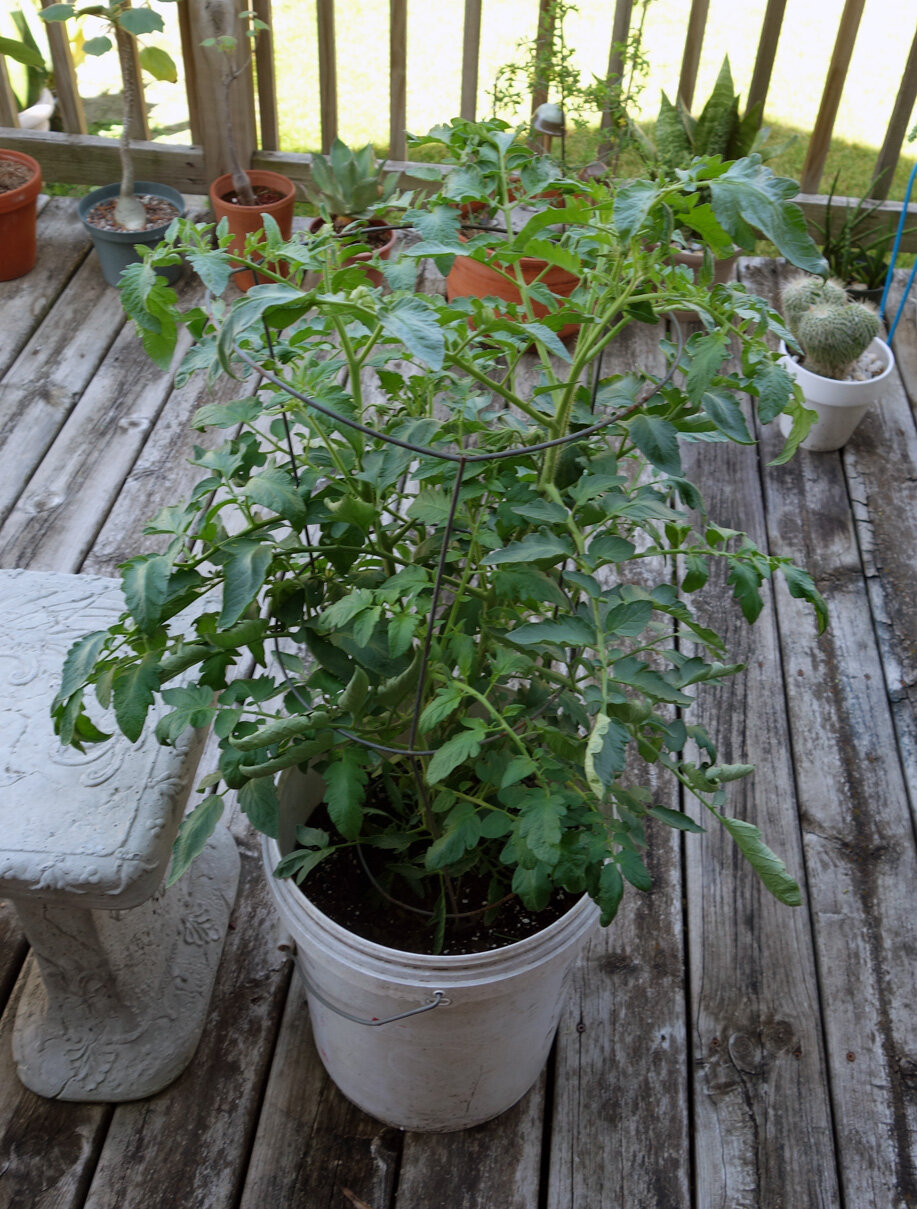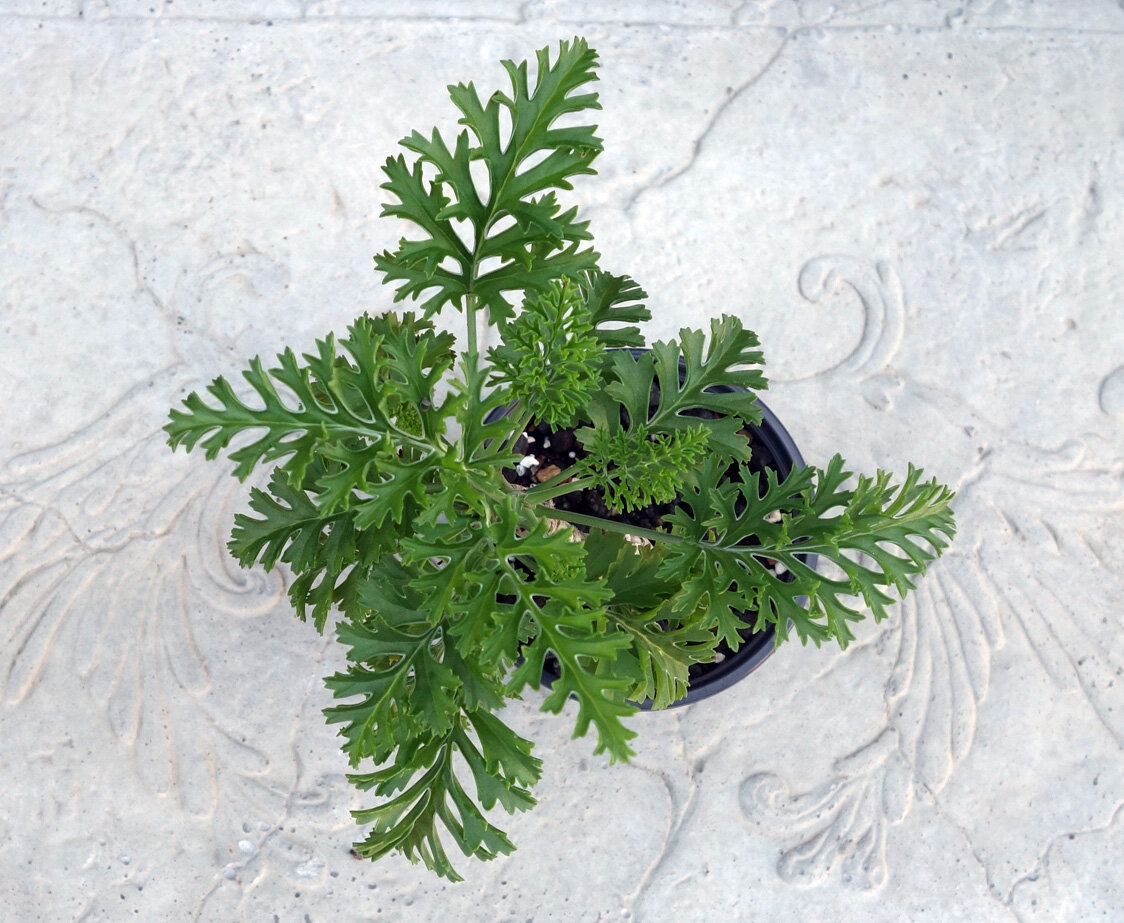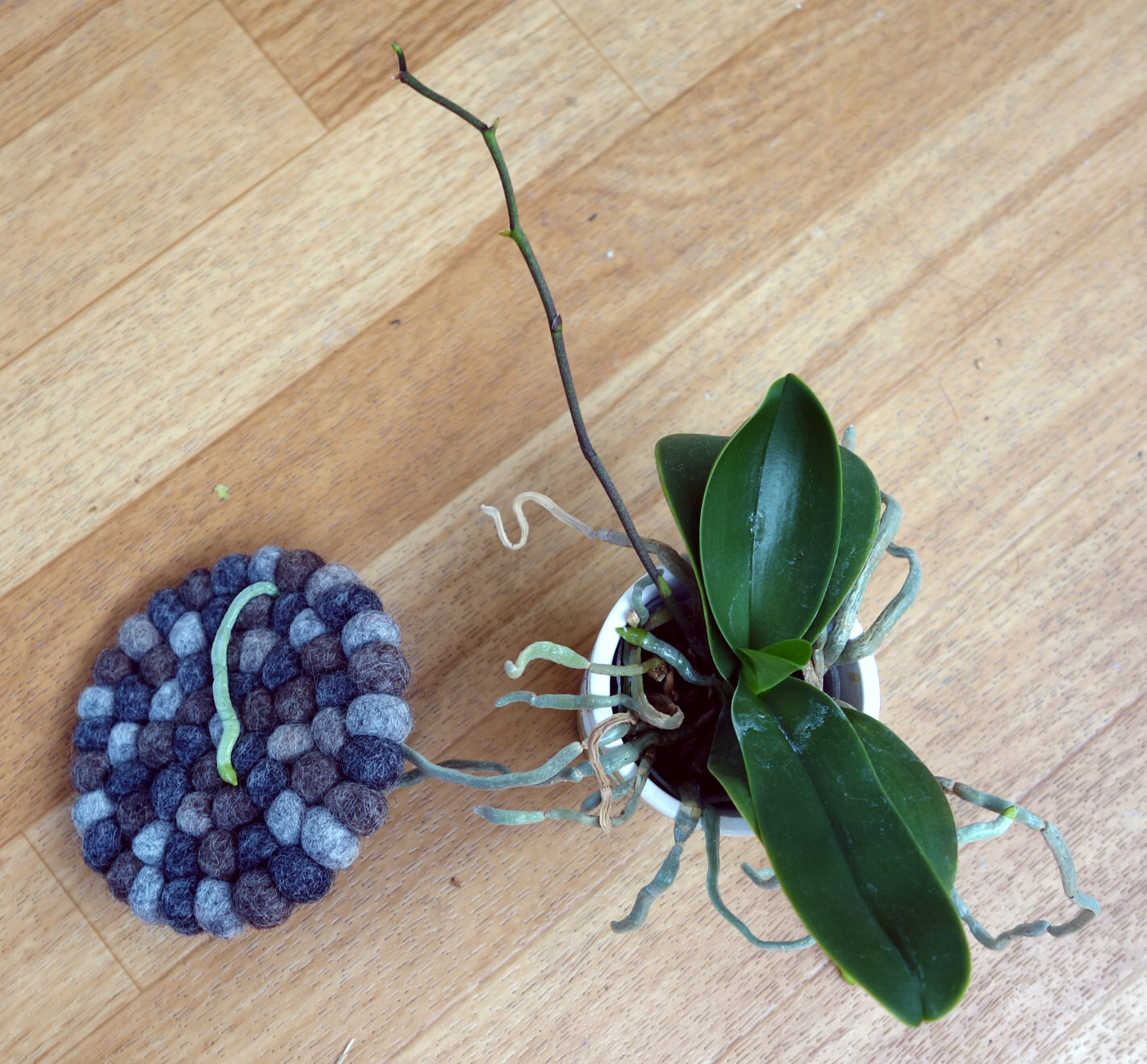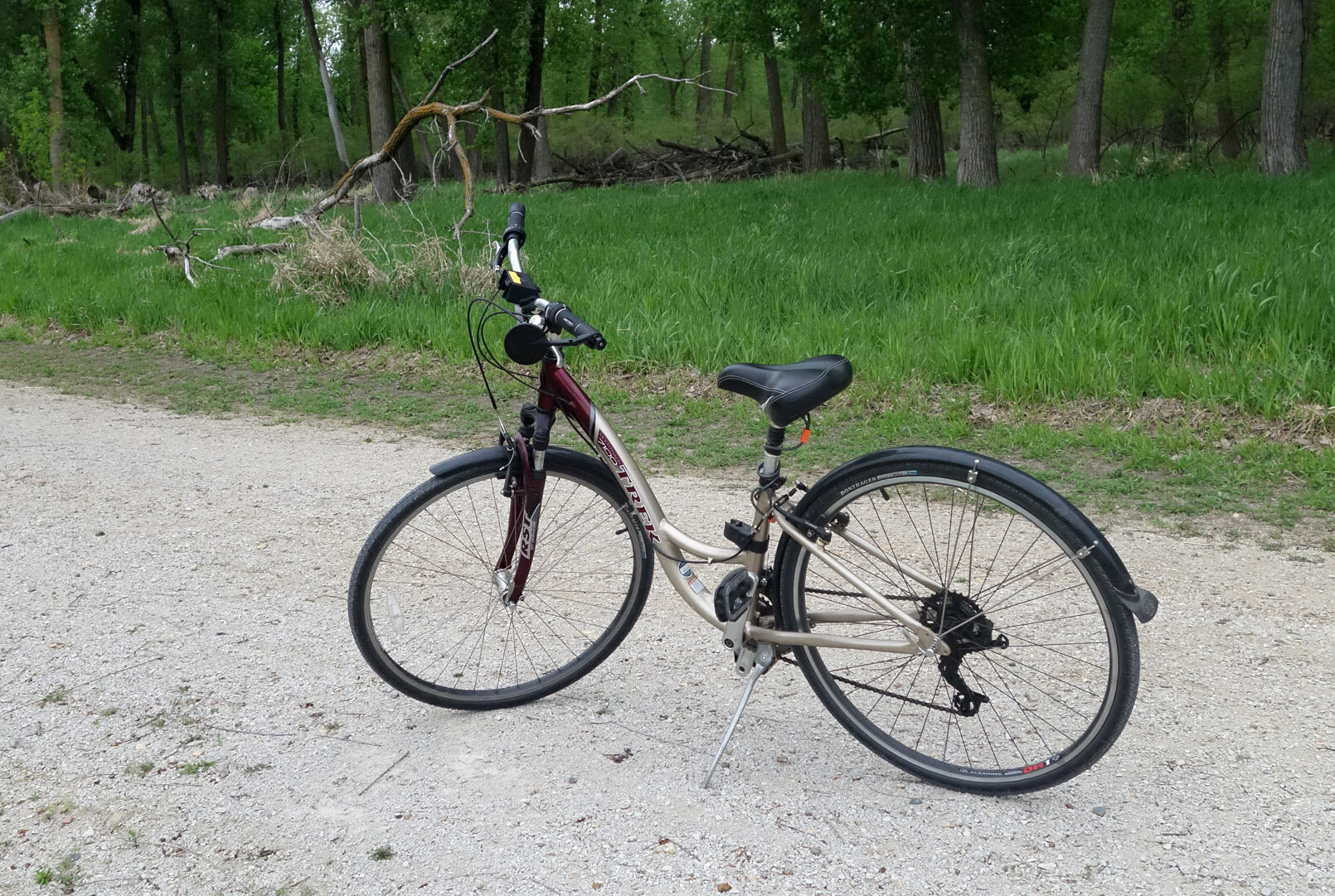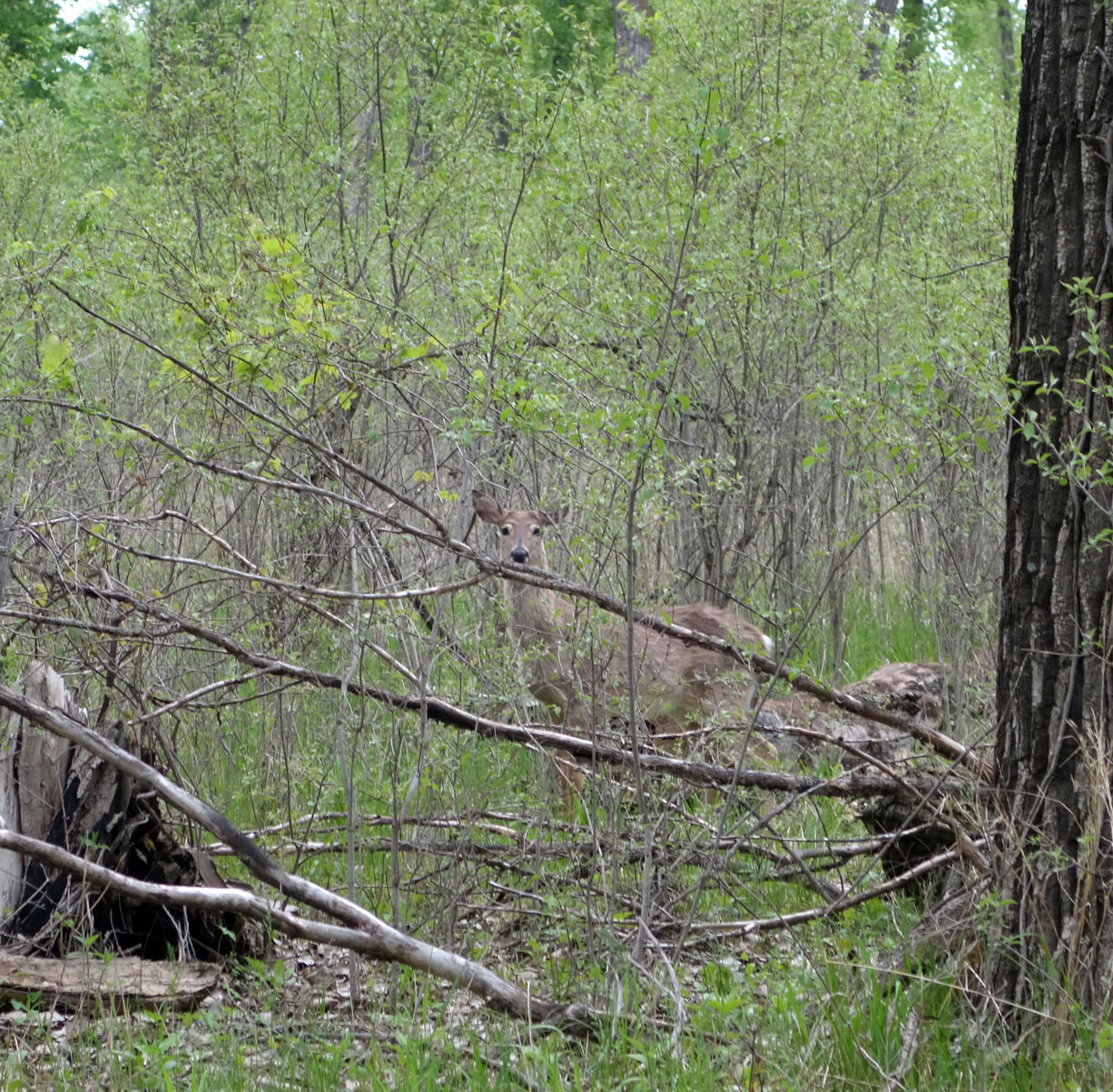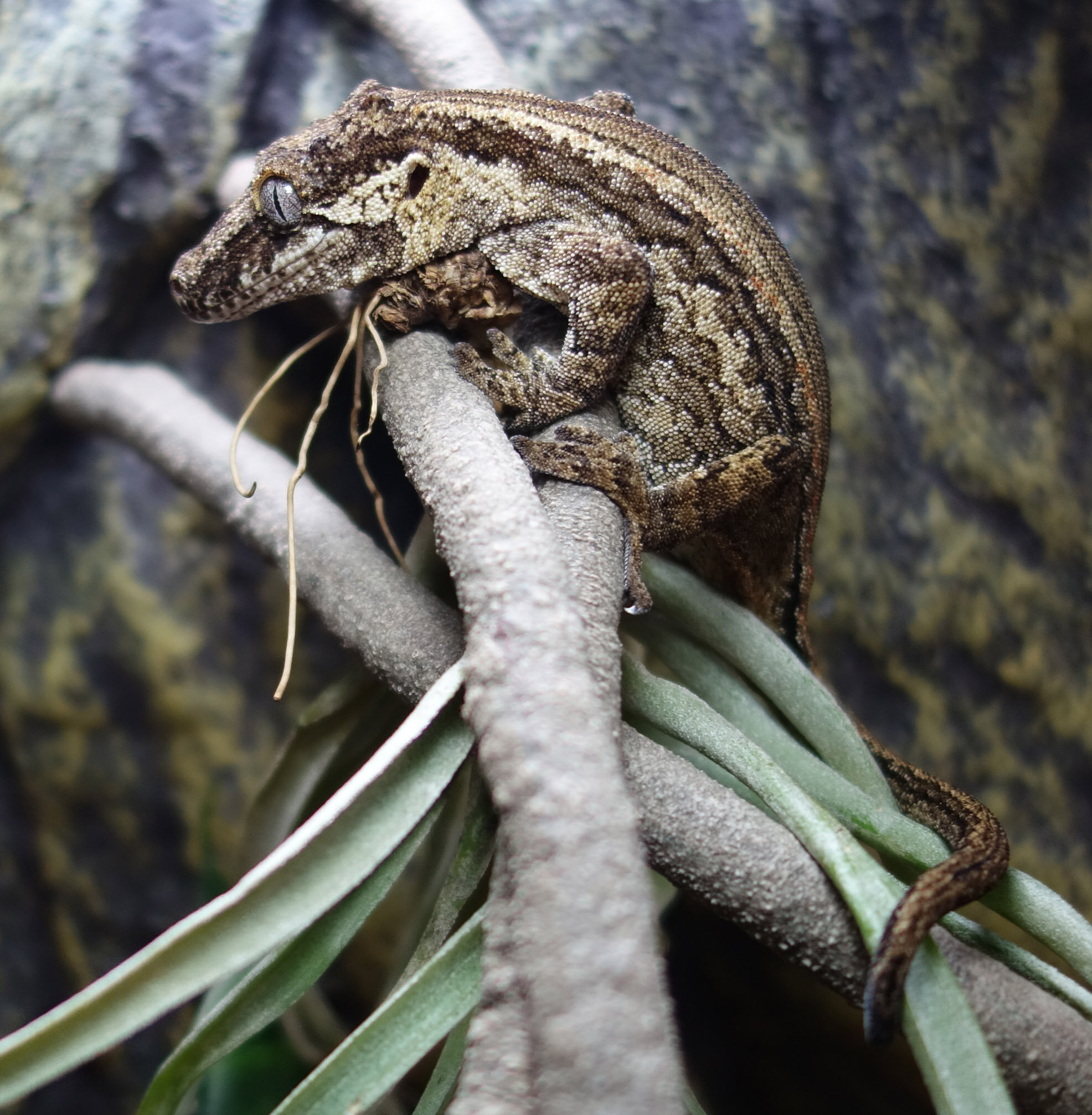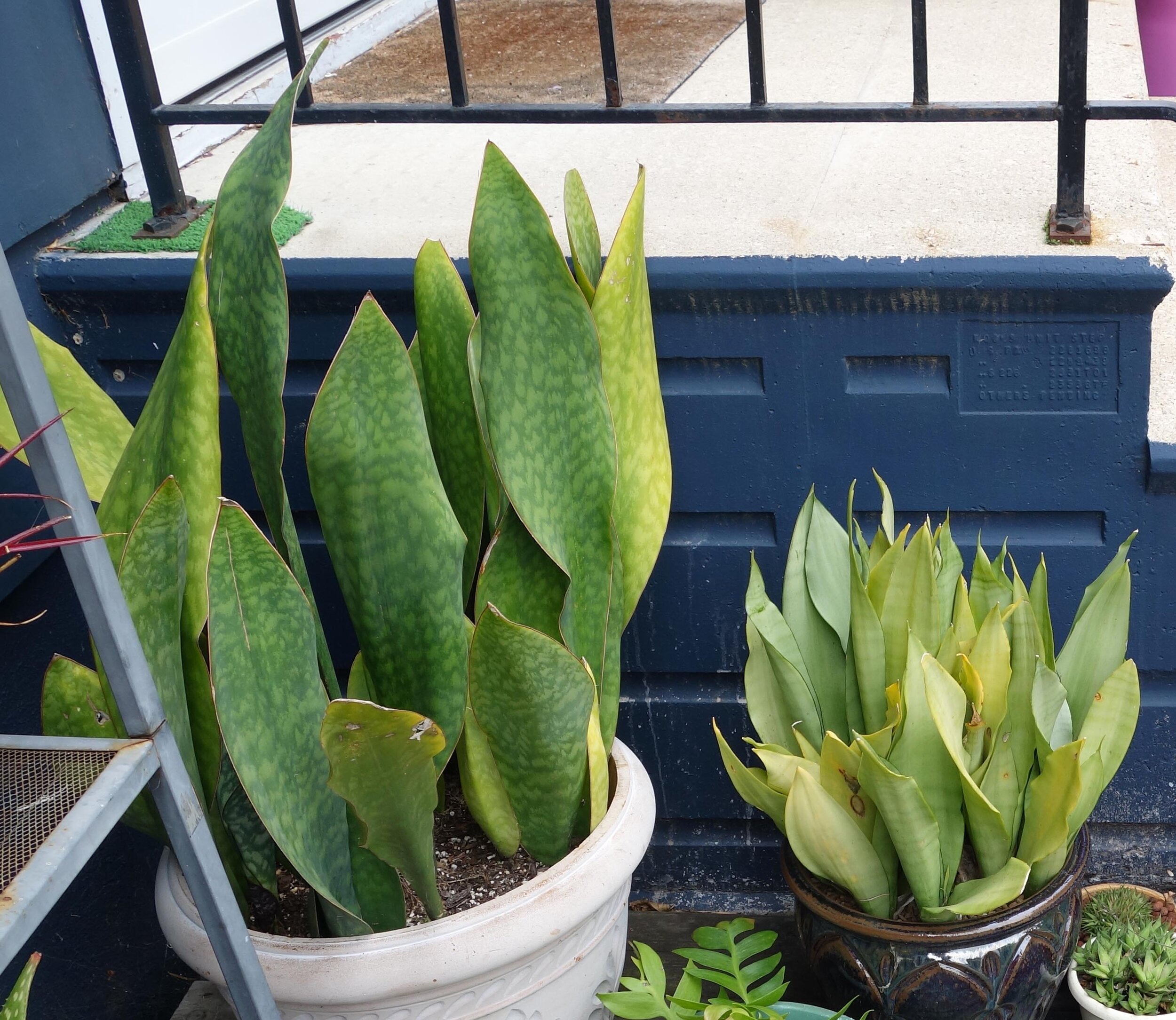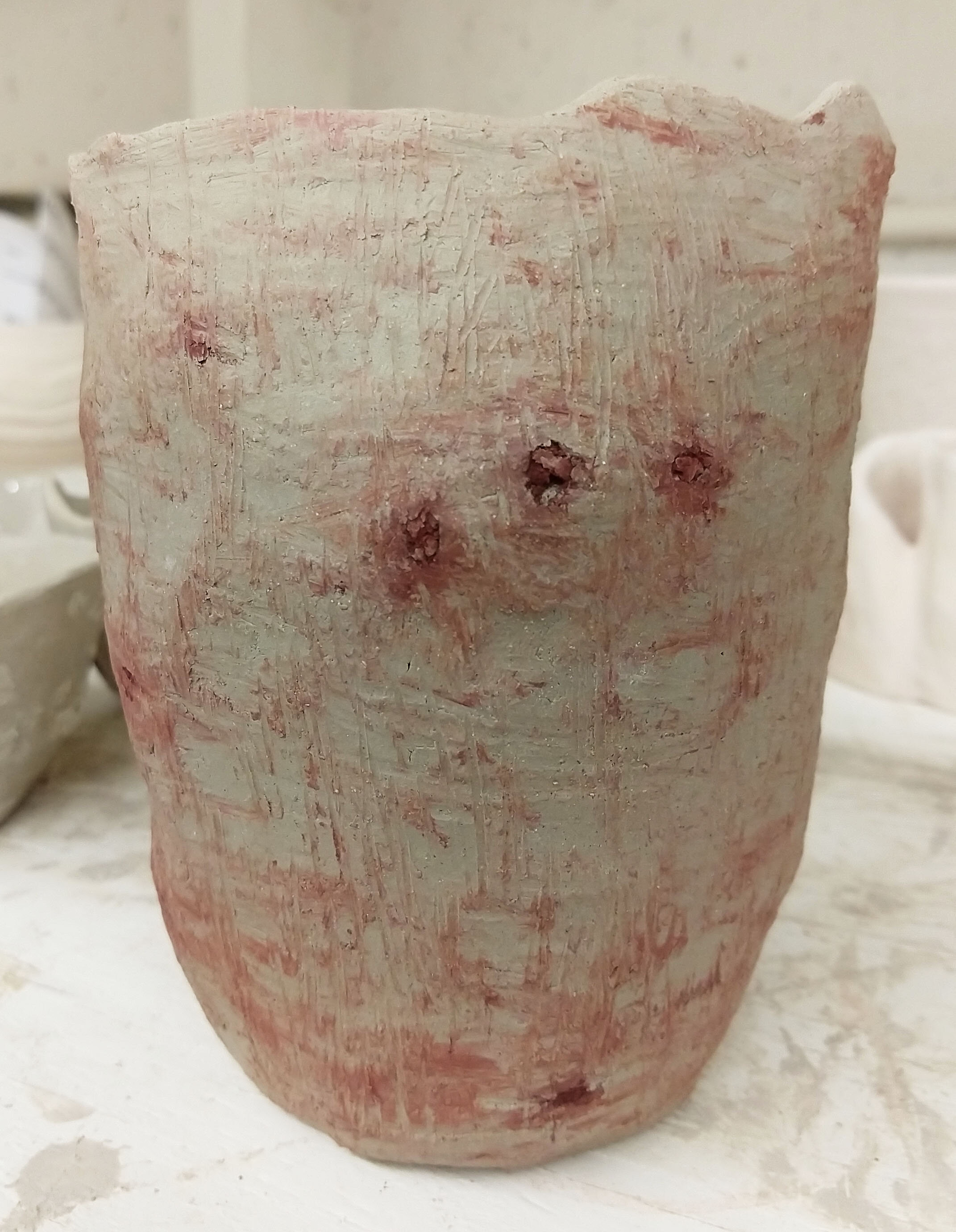When I was a kid, I really liked reading survival fiction. Hatchet, Robinson Crusoe, Swiss Family Robinson, My Side of the Mountain… I was down to be a self-sufficient machine. Nowadays, if you are interested, there are people surviving (or as some like to put it, “sur-thriving”) in the wild for weeks to months with very few supplies on various television survival shows like Alone and Naked & Afraid and YouTube channels dedicated to living a fully self-sufficient lifestyle.
As an adult, I have to share that I really like living in a specialized society. (Also, as a vegetarian for ethical reasons, I dislike the emphasis on killing animals that seems to invariably accompany these solo survival experiences.) I grow a lot of plants, but currently am only growing one food-producing plant (my tomato plant), and that was a gift from a neighbor. I know a lot about art, plants, animals, and ecology, and a fair amount about a range of other topics. Nevertheless, I rely on other people for a lot! I buy most of my food from a supermarket, and am fortunate enough to be gifted pretty much else in my diet (aside from my homegrown tomatoes, though I was gifted the plant itself) from gardening friends. My job - college department chair and professor - exists as a product of living in a society. I rent my house, and pay for water, electricity, and trash/recycling removal services. I make use of modern medicine, and have interests and hobbies that depend upon the participation of others for maximum enjoyment. This very blog is a product of the internet, a social network.
We’re living through a pandemic that wouldn’t be a problem if we were all self-sufficient machines that could permanently isolate (as well as one that wouldn’t be a problem if we were all vegetarian…). It sucks. We should do our best to stop COVID-19 spread through wearing masks, pausing on travel and large gatherings, and in general following recommendations from scientific and medical professionals because having a social conscience is important when living with others. But I love the life that I have - which has not only benefited greatly from but is founded on being a specialized member of a society - and while I understand that there are certain negatives that come along with living this way, I nevertheless embrace it as my desired lifestyle. Viva society.

